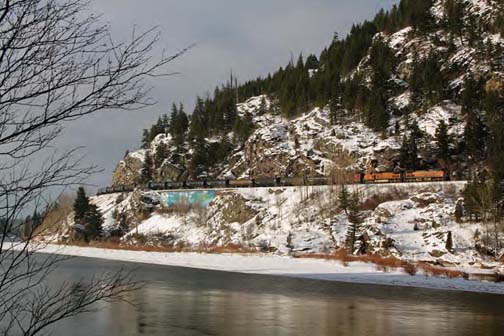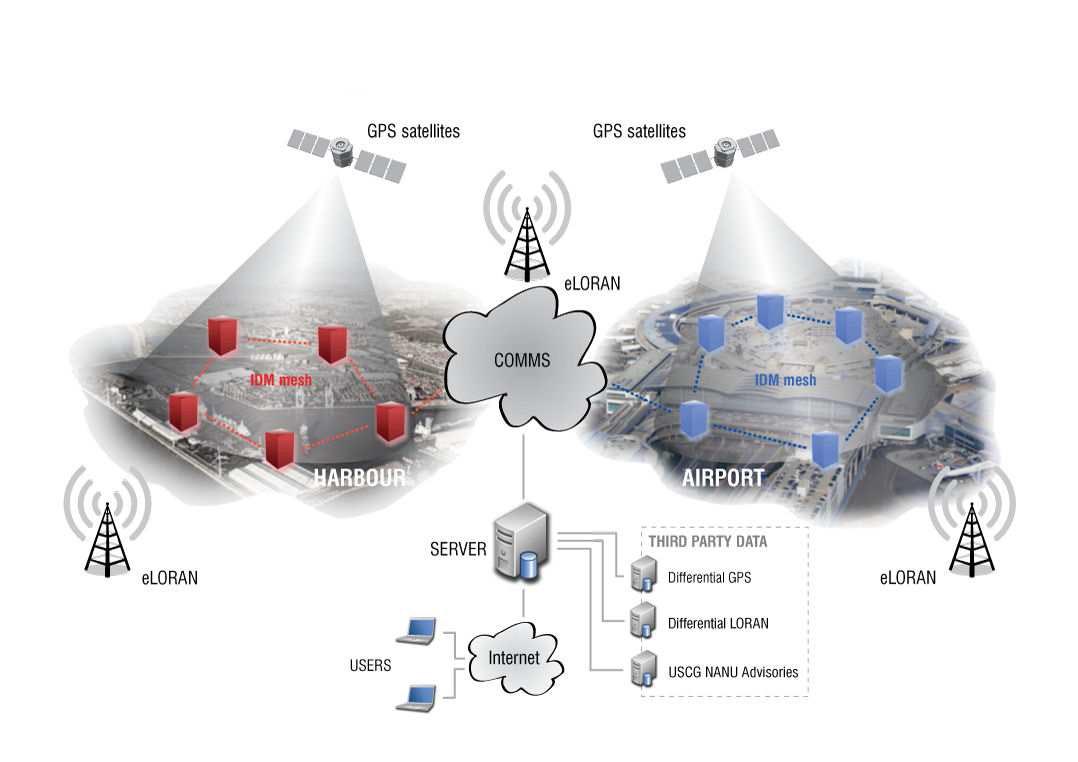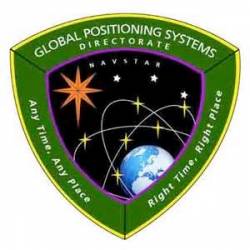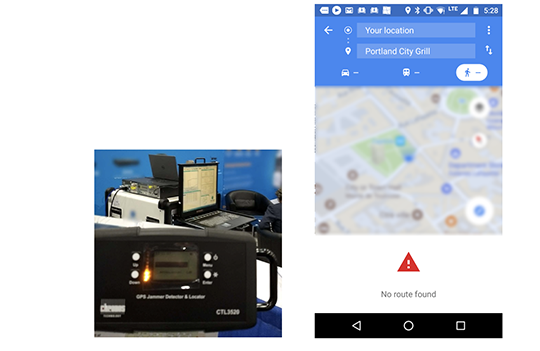Positive Train Control Postponed
When the President signed a three-week extension — until Friday (November 20, 2015) — of federal transportation funding, he also gave railroads another three years to install positive train control or PTC on their locomotives and rail networks.
Rail operators now have until 2018 to upgrade their systems — plus another two years to actually get them working.
By Inside GNSS












